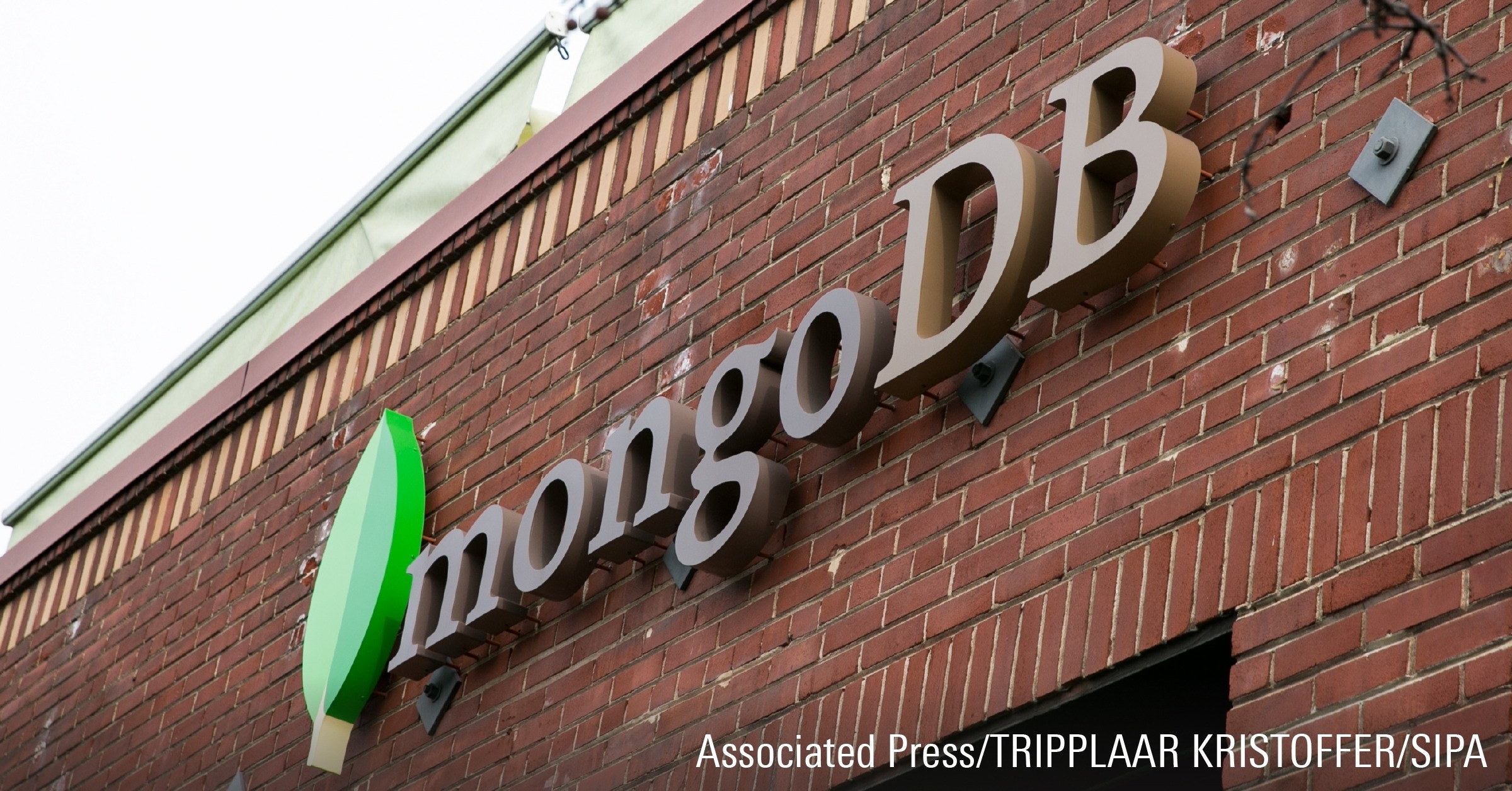A story-driven breakdown of revenue, margins, customers, and what it all means for the AI era.
Quick Summary
- FY2024 revenue reached $1.68B, up 31% year over year.
- Atlas contributed 66% (~$1,111M) of revenue, underscoring the consumption-based cloud model.
- Gross margin improved to 75%; GAAP operating loss narrowed to $233.7M.
- Customer base expanded to 47,800, with a truly global footprint—about 46% of revenue outside the U.S.
Introduction
MongoDB’s fiscal 2024 results reveal a data platform crossing an important threshold: **$1.68 billion** in revenue with **Atlas contributing 66%**. For a world racing to build AI-powered applications, these numbers aren’t just milestones—they’re a map of where databases are headed.
Summary Statistics
| Metric | FY2024 | Notes |
|---|---|---|
| Total Revenue | $1.68B | 31% YoY growth |
| Atlas Revenue Share | 66% | Cloud consumption as core driver |
| Atlas Revenue (est.) | $1,111M | 66% of total revenue |
| Non‑Atlas Revenue (est.) | $572M | Enterprise Advanced + services |
| Gross Margin | 75% | Up from the prior year |
| GAAP Operating Loss | $233.7M | Improved vs. FY2023 |
| Customers (as of 1/31/24) | 47,800 | Broad developer adoption |
| International Revenue Mix | 46% | Diversified across regions |
Analysis & Insights
Why FY2024 Matters
The headline numbers tell a story of platform maturation. With consumption-driven Atlas making up two‑thirds of revenue, MongoDB has transitioned from a traditional license-plus-support business to a modern, cloud-first data platform. That matters because most real-world AI projects hinge on flexible data models, horizontal scale, and fast iteration cycles—traits that play to MongoDB’s strengths. The FY2024 mix shows that customers are not just trying the cloud; they’re standardizing on it for mission‑critical workloads.
Growth With Discipline
Revenue rose 31% in FY2024, while gross margin reached 75%. That combination signals a company managing growth without sacrificing unit economics. The narrowing GAAP operating loss points to operating leverage from consumption scaling and a more efficient go‑to‑market motion. Subscription growth continues to dominate the model, and services remain intentionally small—useful for customer success, but not the core engine.
Atlas as the AI On‑Ramp
When developers stitch together retrieval, vector search, and event‑driven pipelines, they want a database that handles documents, relationships, and real‑time updates without bolting on extra systems for each pattern. Atlas fits that job description, and in FY2024 it showed up in the numbers. The consumption model aligns with AI‑era build patterns: spin up, experiment, scale what works. As AI pilots move into production, sustained Atlas usage becomes a durable revenue stream—one that can absorb cyclical pause‑and‑optimize behavior and still compound as new workloads land.
Customers and Geography
Crossing 47,800 customers by year‑end underscores developer‑led adoption and the long tail of use cases—from startups building the next SaaS to enterprises modernizing legacy apps. Roughly 46% of revenue comes from outside the United States, which both diversifies risk and introduces currency and macro effects. For investors, the takeaway is that MongoDB is not just a U.S. growth story; it is a global platform with expanding addressable markets in Europe and Asia.
Risks and Watch‑Items
The very strength of the consumption model introduces variability. Optimization cycles can dampen short‑term growth, and competition ranges from open‑source databases to hyperscaler‑native services. The margin profile is healthy, but continued investment in product (including AI features), partner ecosystems, and security is non‑negotiable. Investors should watch Atlas growth relative to total revenue, large‑customer expansion, and net retention as leading indicators of durable compounding.
What It Means for Builders and Businesses
For engineering leaders, FY2024’s message is clear: the database is turning into a platform layer. That reduces architectural complexity—fewer moving pieces mean faster time‑to‑market and lower operational drag. For business leaders, the lesson is about elasticity: pay for usage as applications scale, not up‑front capacity. In the AI era, where demand is uncertain until you hit product‑market fit, that elasticity can be the difference between runaway success and runaway costs.
Conclusion & Key Takeaways
- Cloud is the core: With Atlas at 66% of revenue, MongoDB’s growth engine is firmly consumption‑based.
- Healthy unit economics: 75% gross margin and a narrowing GAAP operating loss signal maturing scale.
- Global demand: Nearly half of revenue originates outside the U.S., broadening the runway and resilience.
